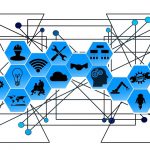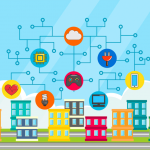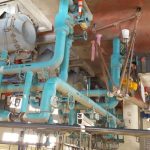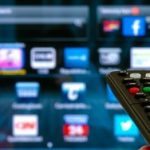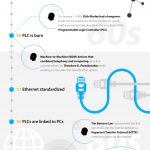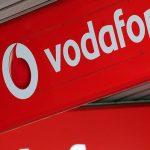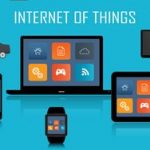Internet of Things in Events: What’s in it for Event Planners
Internet of Things in Events: What’s in it for Event Planners
Event planning and management have gone far beyond what it was in the past. From manual registration to collaboration with the attendees, everything has changed with the emergence of technology. From mobile event apps to Virtual and augmented reality, event planners are finding unique ways to engage attendees as much as they could.
With the rise of technology in the event industry, Internet of Things has become the buzzword as well. If you are not aware of what Internet of Things is all about, let us have a brief overview.
What is the Internet of Things?
Internet of Things is defined as the network of Internet-connected objects, able to collect and exchange data using embedded sensors.
Connected things include everything from refrigerators to coffee makers and wearable devices to cell phones.
The recent hype in IoT has been quite surprising and an estimated projection suggests that there will be as many as 50 billion connected devices by 2020.
The opportunities offered by IoT in any industry will also play a vital role in revolutionizing event industry. From attendees tracking to check-in and cashless payments, event industry will see a major shift in driving attendees and engaging them.
Why is the Internet of Things Helpful in Event Management?
The event industry is dependent on data more than any other industry. From attendees to caterers and venues to speakers, everything needs a valid data and it is only possible through the Internet of Things.
The data helps event managers and planners to make informed decisions. The data extracted can be helpful in automating attendee management, intelligent lighting, keeping your guests safe and comfortable, and automatic notification based on iBeacon technology.
How Event Planners and Managers Can Benefit from IoT?
The event industry can benefit from the opportunities offered by IoT. How event planners and managers can benefit from IoT, let us have a look.
Access to Information
Events are successful only if attendee experience is unique and drive engagement. For instance, NFC device like iBeacon can connect with attendees in order to access schedule seamlessly, check in to the event and offer precise mapping and direction within the event premises.
Beacons also allow event staff to view visitors’ data from the wearable devices, such as wristbands and smart lanyards. It helps them to collaborate and pitch them in a more personalized way.
Moreover, smart lanyards can help attendees to attend specific session or talk based on their profile. In addition, they can also inform other attendees to attend sessions based on their profession and profile. Hence, IoT can help event managers and planners perfectly pitch tailored message to the attendees based on their interests.
Automated Registration and Check-in
Smartphones are now equipped with NFC, GPS, WIFI, and BLE. These features can help event managers to automate the registration process of attendees at events without making a mess. For instance, BLE connectivity can enable attendees to use their smartphones to collaborate with the onsite registration software to check in when they are near event venue.
Moreover, they can be directed to collection booth to get their event badges through a notification on their mobile phone. It would help event managers to save time and utilize automated system instead of the workforce for onsite registrations.
Interactive Posters
With the help of NFC, attendees can tap on posters or products through their mobile device to get more information. It would allow the exhibitors to extract the list of potential customers who are interested in the product offering.
The potential of IoT is beyond one’s imagination. The real advantage of using IoT in events is to collect data from any device. Imagine if an event planner incorporates the attendee data, it allows them to collect useful information, allowing them to create a personalized experience for the audience.
As you leave the event venue, you receive a notification that acknowledges you for visiting the event and a link to an event survey. At the same time, an email is sent to you with the list of exhibitors that you have visited and information about their service offerings.
Heat Map and Navigation
Allowing attendees to connect to the WIFI or adding BLE chips into the event badges can allow event managers to generate a heat map. The heat map will keep track of the attendees’ location to know which part of the event engages them the most.
With the help of this data, event managers can start improving the way they organize and arrange a venue. Moreover, they can also analyze the most visited areas where attendees were engaged the most and devise new strategies to market the product in a better way.
Security and Safety of Attendees
Smart buildings are optimal to deal with any kind of problems or hazards. Windows and doors in smart buildings are controlled wirelessly through the connection of beacons and cameras. With minimum to no human intervention, guests can be welcomed and unwanted visitors can be kept out. Moreover, the air conditioners, lighting, and heating appliances can be managed wirelessly in order to meet with the rapid changes in the venue.
Conclusion
The deployment of new technologies in your event can help you gather useful data, leading to more efficient event management. It depends on you how you utilize the data because deploying the latest technology is not beneficial unless you are ignoring the key data metrics.
The post Internet of Things in Events: What’s in it for Event Planners appeared first on ReadWrite.
(11)



